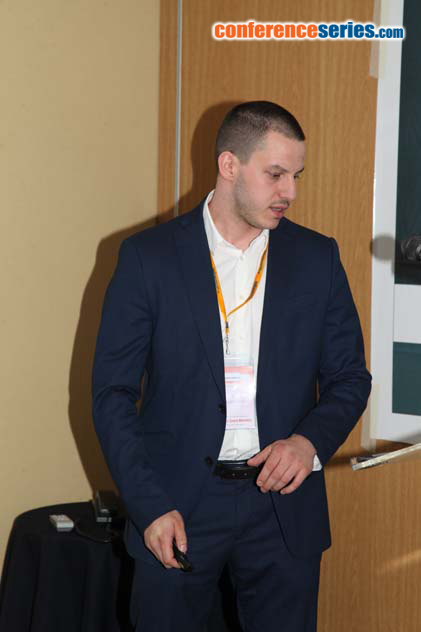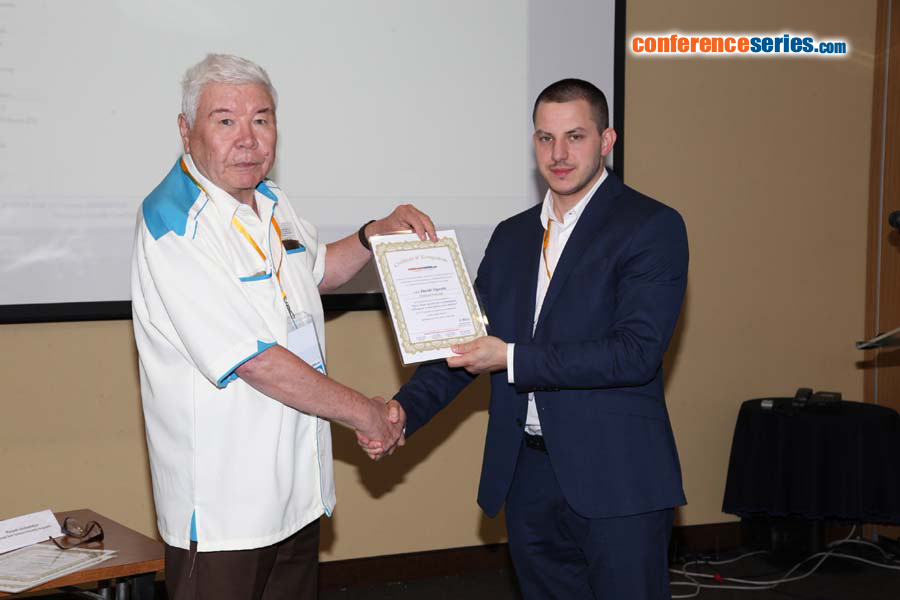
Davide Vignotto
University of Trento, Italy
Title: Object release into free-fall: A technological challenge for in-space gravity wave detection
Biography
Biography: Davide Vignotto
Abstract
LISA Pathfinder (LPF) is an ESA (European Space Agency) mission aimed at testing new technologies in the field of gravitational waves detection. The LPF scientific payload, the LISA Technology Package (LTP), contains two test masses (TMs) that must be set into free-fall inside their Gravitational Reference Sensors (GRS) with a minimum acceleration noise level, in order to provide the sensing bodies for the detection of gravitational waves. Driven by this requirement, the GRS design minimizes noisy forces by means of a strict control of the force budget and the adoption of large gaps between the TM and its electrode housing (EH). This however calls for a mechanism to secure the TM during the spacecraft launch and to release it to free fall for the science phase. The release maneuver is mission-critical and is performed by the grabbing positioning and release mechanism (GPRM), composed of two identical and opposed units which engage the TM by means of two plungers and release-dedicated tips. After a successful nominal and extended mission (2016-2017), due to its criticality for future missions (e.g. LISA), the GPRM release function has been intensively tested. The release performance of the GPRM can be estimated by the TM residual velocity after the disengagement, which should be minimal in order to allow the subsequent capture on behalf of the electrostatic actuation system. However, significant deviations occurred with respect to such a baseline, produced by unexpected configurations of the GPRM-TM system. The dedicated in-flight test campaign made it possible to understand some phenomena which produced such a behavior and formulate some risk-reduction strategies. In this work, the releases performed by the GPRM have been analyzed, focusing mainly on two aspects: i) studying the mechanical configuration of the system in pre-release phases and ii) evaluating the residual velocity of the TM after each release.




